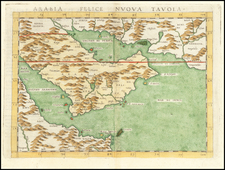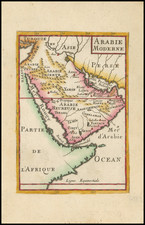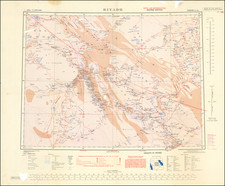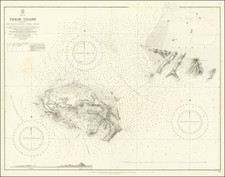Navigating The Roads of the Saudi Arabia in 1973 -- Hints For Survival on the Road
Scarce early road map of Saudi Arabia, published in Damman by the Arabian American Oil Company.
The two sided map includes English on one side and Arabic on the verso, including a table of distances in kilometers on one side and explanations of road signs, along with "hints for survival on the road."
The map has been annotated in English and Arabic in an early hand. Six districts are named and illustrated (Damman,Riyadh, Jedday, Abha, Jaizan, and Buraida), with a seventh and eighth district noted as "Not Studied."
Saudi Arabia in the early 1970s was a country undergoing significant changes. The oil boom of the 1960s had brought unprecedented wealth to the country, and this newfound wealth was being used to modernize and develop the nation. The government of Saudi Arabia invested heavily in infrastructure projects during this period. New roads, airports, and ports were built, and the country's transportation network was greatly improved.
The early 1970s saw significant investment in the construction of new roads in Saudi Arabia. This was part of the government's broader efforts to modernize and develop the country's infrastructure. The construction of new roads played a crucial role in facilitating the growth of the country's economy. The improved transportation network made it easier for goods and people to move around the country, which in turn helped to support the expansion of the oil industry and other sectors of the economy.
The new roads also made it possible for people to travel more easily between different parts of the country. This was particularly important for the many workers who had migrated to Saudi Arabia from other countries to take advantage of the job opportunities created by the oil boom.
The construction of new roads in Saudi Arabia was a major undertaking, and it required significant investment from the government. The roads were built to modern standards, and they were designed to withstand the harsh desert climate. .












![[ Medina, Saudi Arabia ] Medine](https://storage.googleapis.com/raremaps/img/small/97808.jpg)



